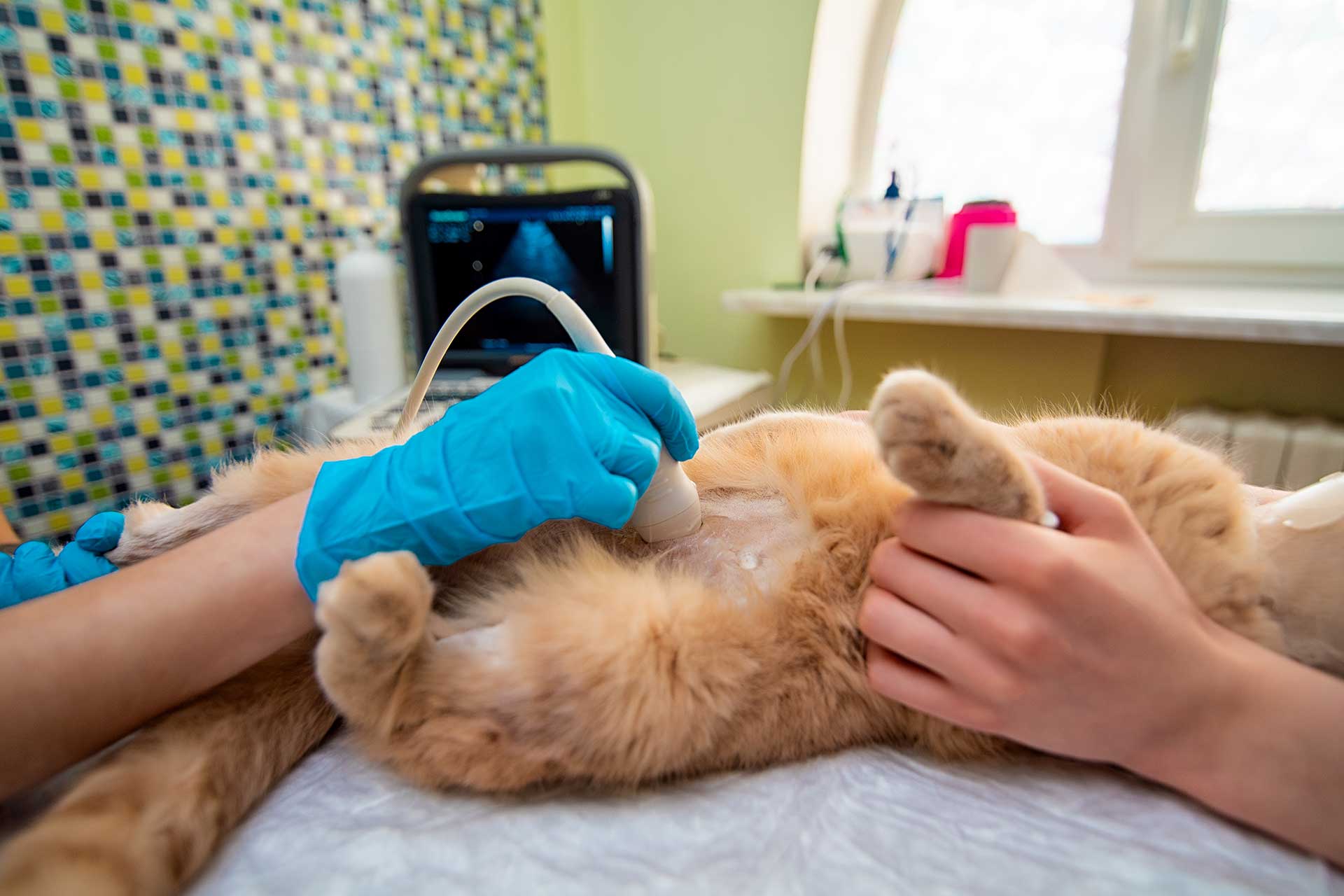How to Tell If Your Dog Has Fleas or Not
Fleas are notoriously irritating parasites that are mostly responsible for your dog scratching himself incessantly. In the event that your dog is allergic to the flea saliva, the itching might be relentless. Scratching too much may cause skin infections, and fleas on dogs can potentially contribute to the spread of a variety of illnesses. Because fleas are tiny approximately one to two millimeters in length, it might be difficult to find fleas on your dog; nevertheless, there are various techniques to check for fleas on your dog, including the following:
Look for areas of the dog’s neck, tummy, or hindquarters that have skin that is red and inflamed.
To get a better look at your dog’s skin, comb his or her hair starting from the rear and working your way forward. Flea combs may be purchased at pet supply shops, but in all honesty, any comb with fine teeth will suffice.
Fleas might be difficult to locate, but the flea filth they leave behind can be checked for with fairly ease. Simply drench a cotton ball in water, split the hair on your pet’s rear, and apply the cotton ball directly on the exposed flesh there. If the cotton ball begins to take on black specks that are surrounded by a reddish region, this may be flea filth and might be an indication that your pet has fleas.
Caution is recommended since the use of some non-veterinary brands of flea medications for dogs on cats may result in fatalities. Always see a doctor for recommendations on the most effective flea treatments for your animal companion. Please give us a call so that we can have a conversation about an effective flea control program for your pet.



